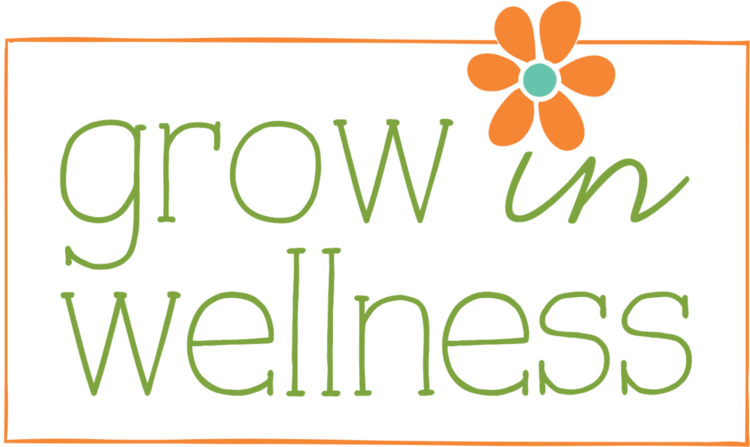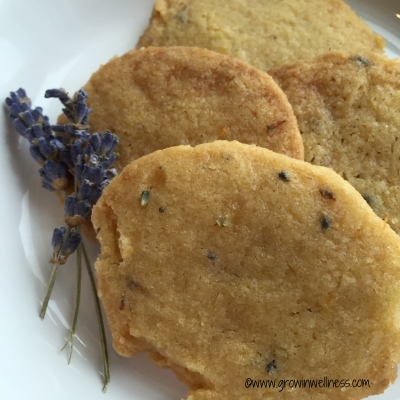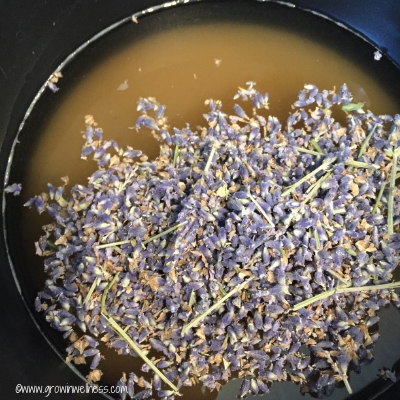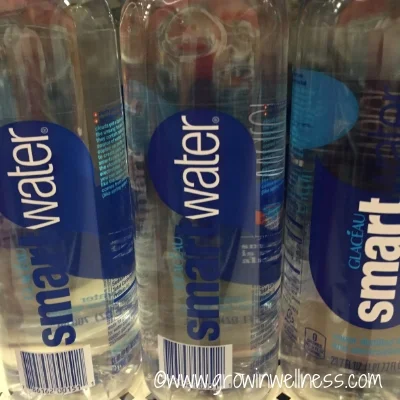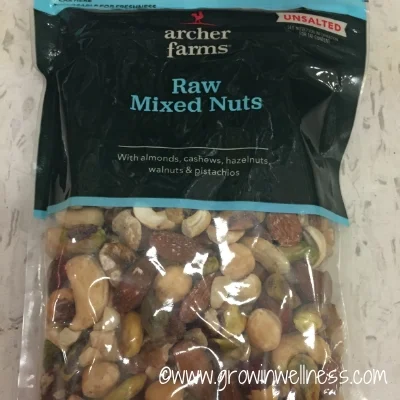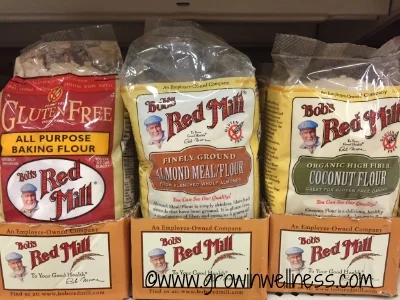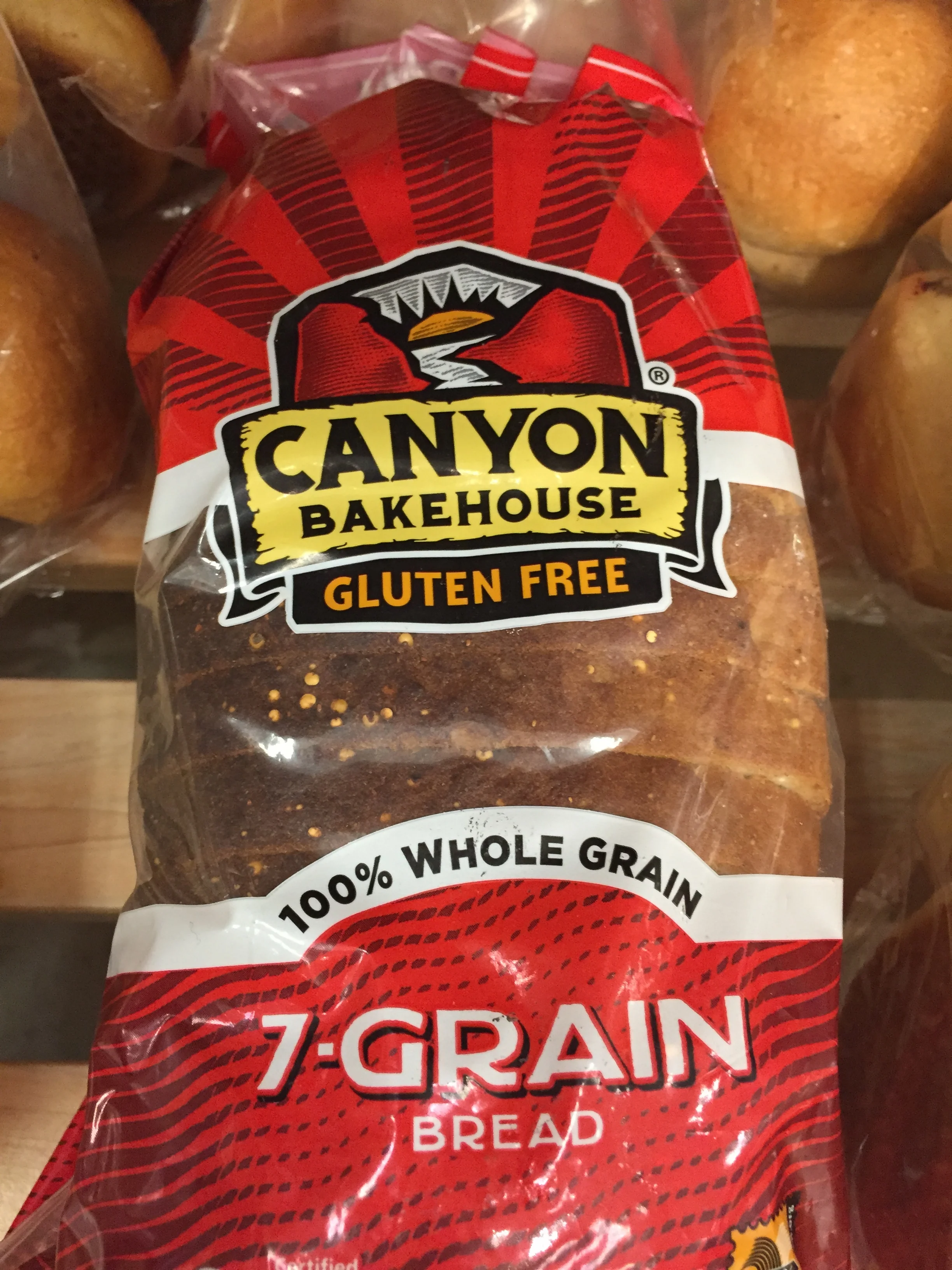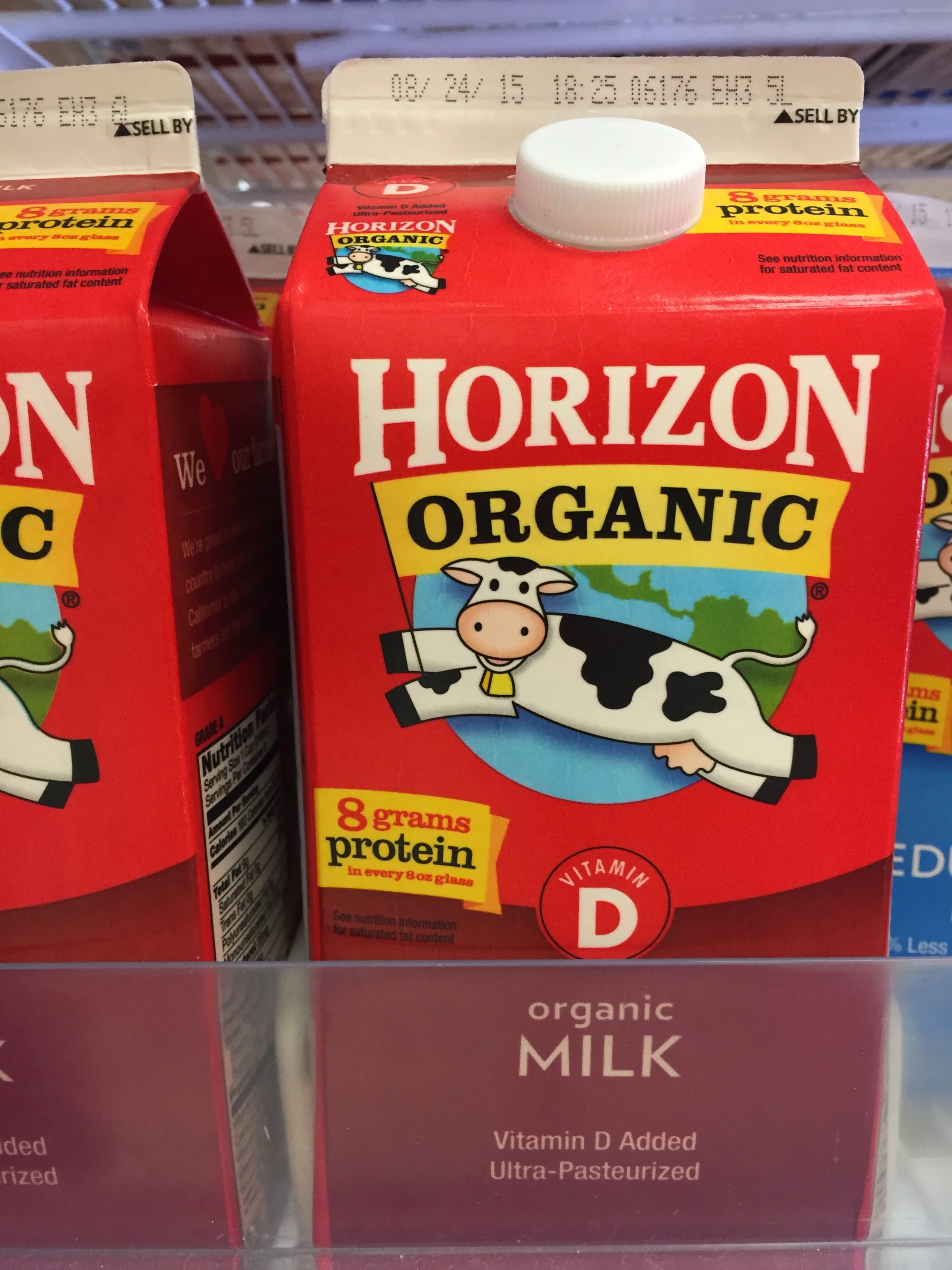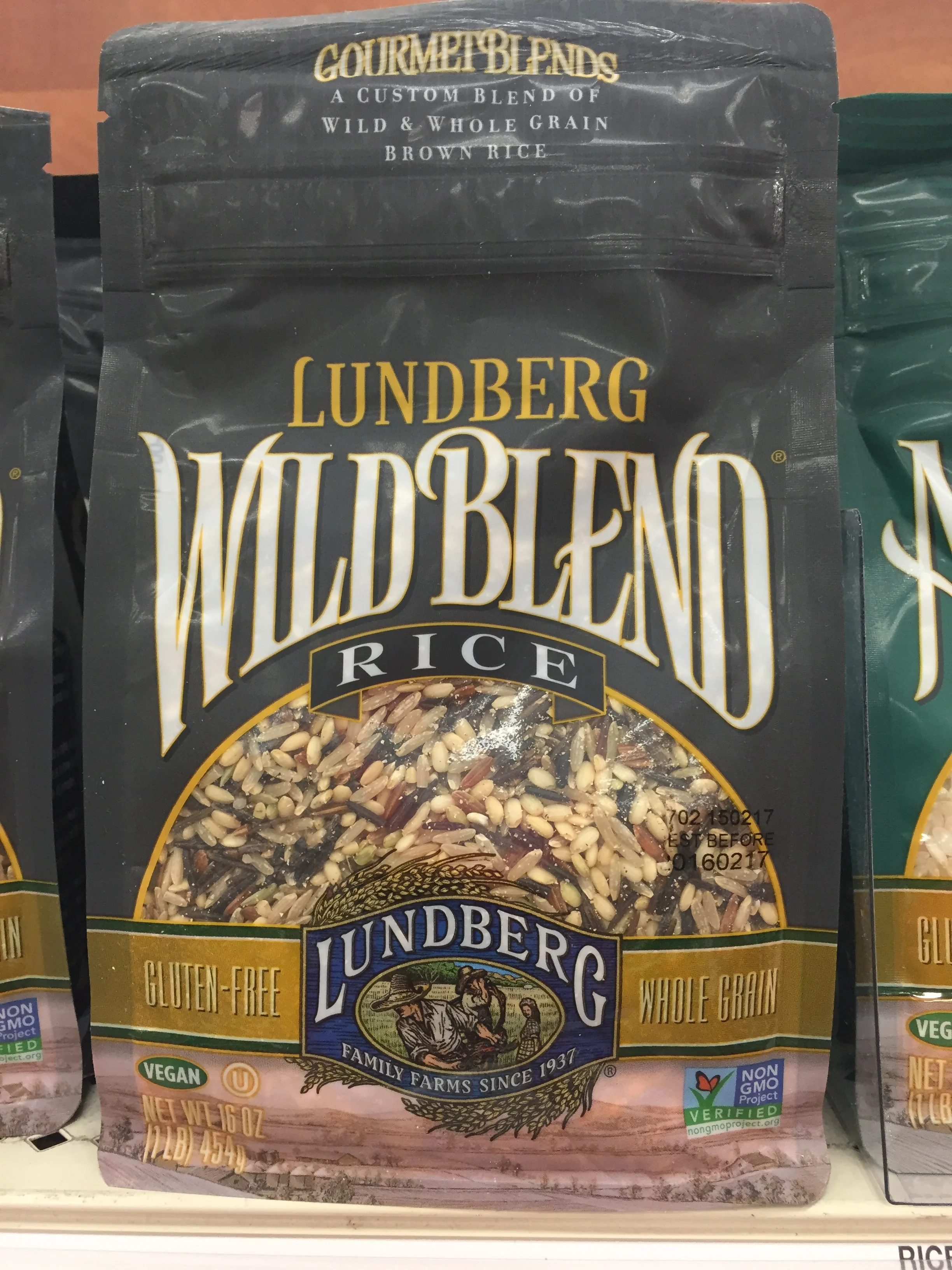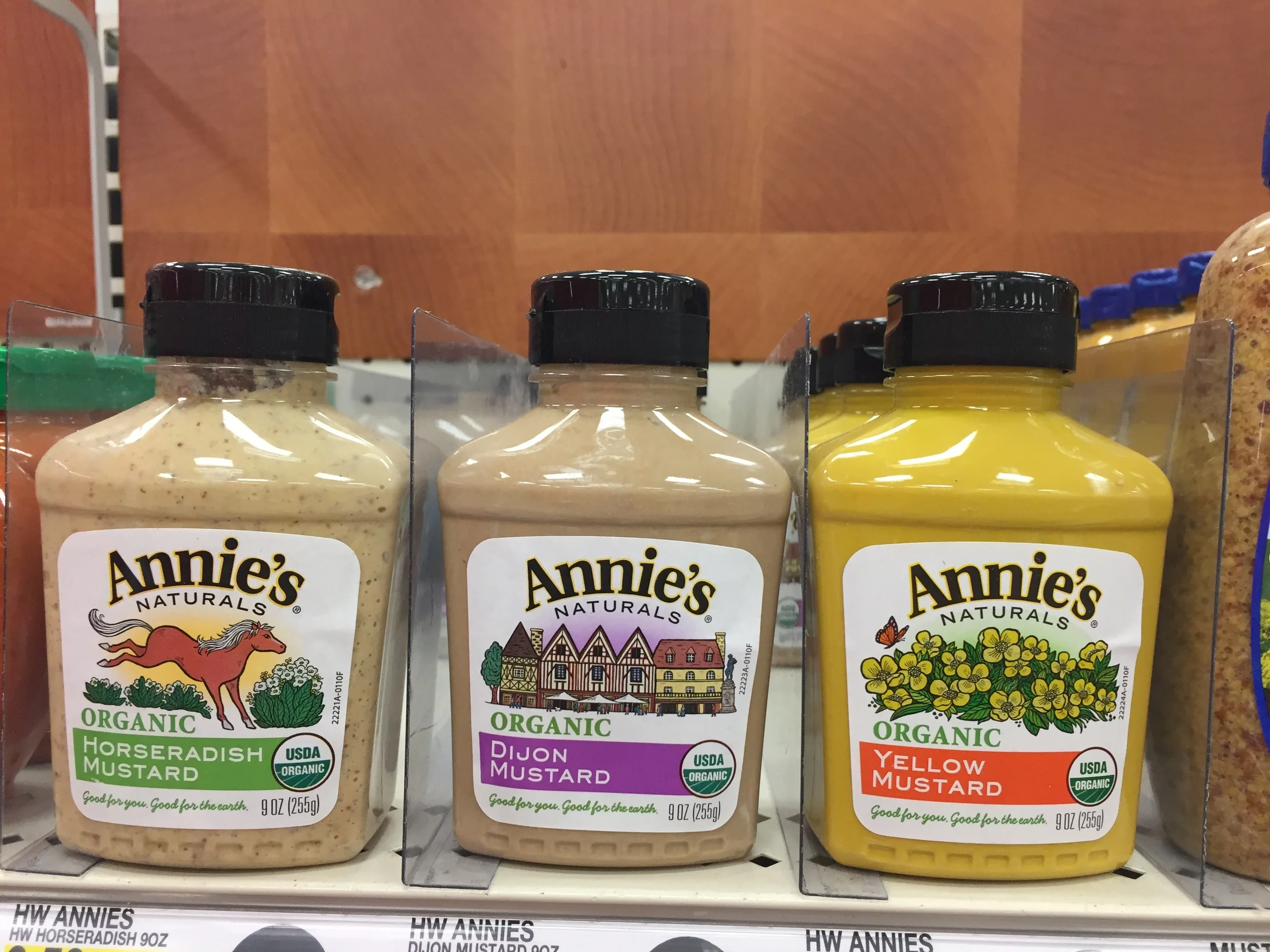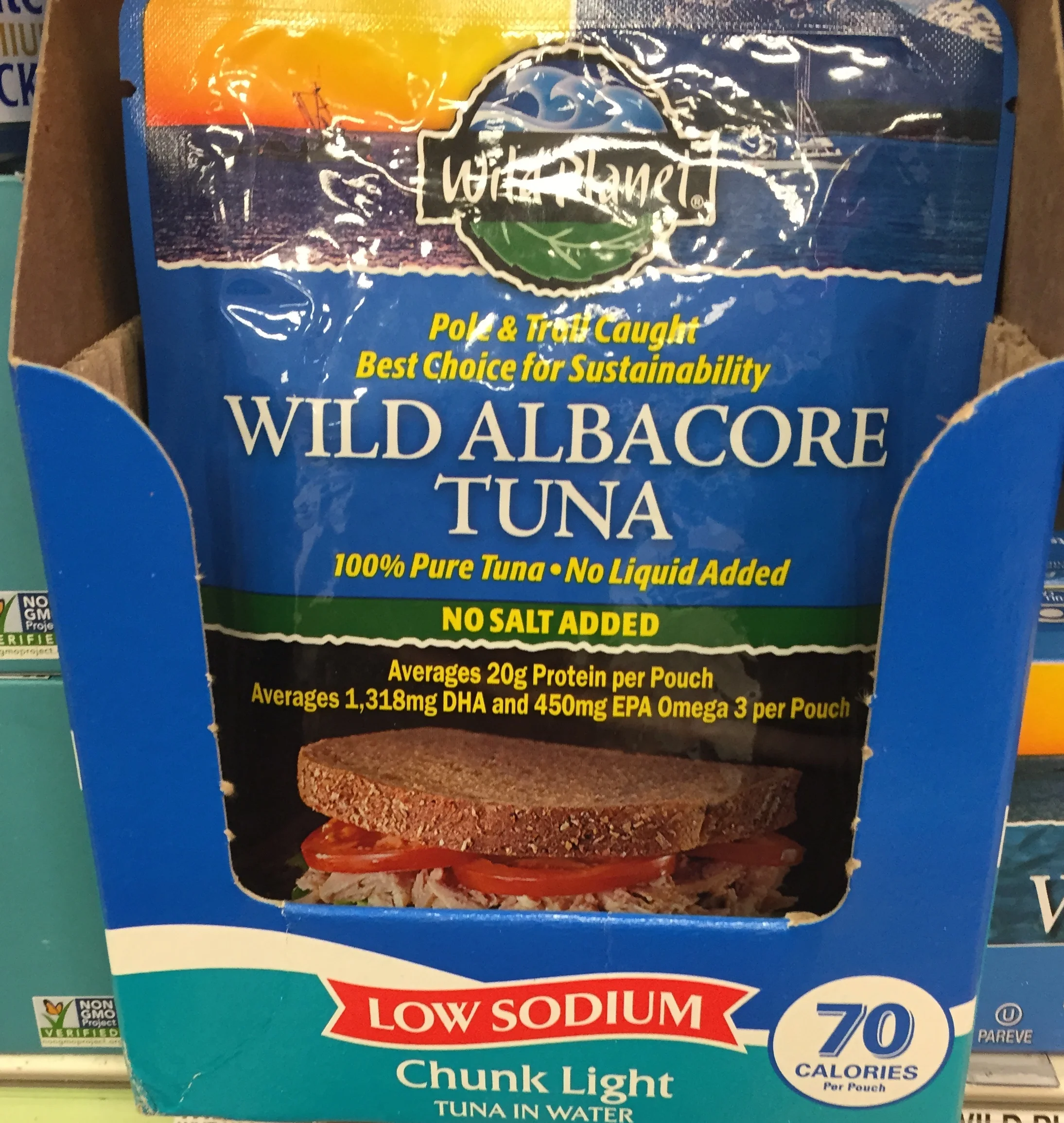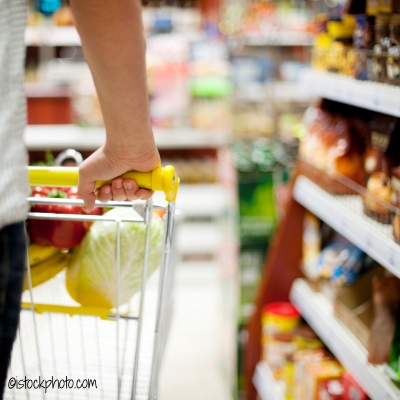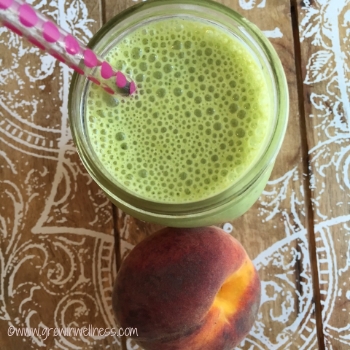4 Back-to-School Breakfast Ideas
It’s September and for many of you, that means back to school. Even if your household doesn’t have any back-to-school schedules descending upon it, fall is still a good time to for some new delicious, healthy breakfast ideas. This time of year is kind of like a second New Year’s day… a good time to make a fresh start for fall. Why not try one or two new recipes this month?
You will notice there are no cereal, bagels or “just a piece of fruit” on this list. That’s because no matter how many whole grains or lack of sugar are in these items, they are not healthy breakfast choices - all lack the necessary protein your body needs to start the day off right (think hunger control, improved focus and stable blood sugar). The only people who think cereal is a good breakfast option are the companies selling it to make a profit. Yes, it’s easy, but it leaves you feeling hungry sooner and causes you to eat more at your next meal.
What other options do you have? How about four of them?
These four suggestions are all quick and easy. A little planning ahead and you can have a week’s worth of healthy breakfasts on hand in a variety of flavors. Above all, make breakfast a priority… skipping it does more harm than good.
1. Mini quiches - make a dozen of these crust-free goodies and have them ready for several days. A great way to get some protein and veggies in your day! Here is my version… customize the veggies with your favorites.
2. Hand held oatmeal – this is not a regular oatmeal muffin. Think of it as a bowl of oatmeal baked into a muffin shape. The addition of chia seeds and nuts boosts the protein content and pairing it with Greek yogurt is a perfect morning match. Just like the mini quiches, you can bake a batch on Sunday and have them ready for the week.
3. Kicked up toast – while buttered and jellied toast is not a healthy way to start your day, there is a way to make it into a breakfast that will count. Start with toasting sprouted bread (I like Ezekiel and Rudy’s brands) and then try top with almond butter (protein), a sprinkle of chia seeds (protein, fiber, omegas), banana slices and a dusting of cinnamon. My favorite spread is Cinnamon Chia Seed Peanut Butter by Bliss. If you have a little more time in the morning, try topping your toast with a spread of pesto, a few spinach leaves and a scrambled egg.
4. Protein packed fall smoothie – Smoothies are a good breakfast choice when they include at least 15 grams of protein, otherwise it’s too much sugar from all the fruit. I like SunWarrior vanilla protein powder and a base of almond milk, but you can get your protein from Greek yogurt, too. Tired of the strawberry-banana combination? Try blending mangoes, bananas and pitaya (you can find mashed, frozen pitaya packets in the freezer section) with or a combination of banana, cinnamon and almond butter. Don’t forget to include a handful or two of greens!
Wishing you and your family a happy, healthy fall. Enjoy!
